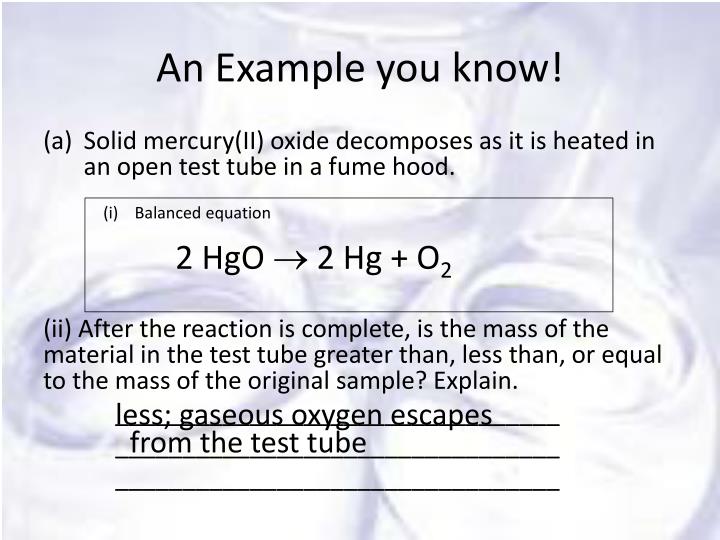
Figure 1 displays the surface tensions of 0-0.4 M butanol in water and 38, 58, and 72 wt % sulfuric acid. Physical Properties of Pure Methanol Molecular Weight 32.04 g mol-1Boiling Point Critical Temperature 512.5K 760 mm Hg (101.3 kPa) 64.6C (239C 463F) (148.3F) Critical Pressure 8.084MPa Freezing Point-97.6C (78.5 atm) (-143.7F) Critical Density 0.2715 g cm-3Reid Vapour Pressure 32 kPa The minimum 39 dyn cm-1 surface tension for 0.4 M butanol in pure water drops to 36 dyn cm-1 for 38 wt. Its cause is a complex interaction between the differing surface tensions of water and ethanol. The density, viscosity, and surface tension of binary mixture of water+ethanol at 293, 298, 303, 308, 313, 318, and 323 K are reported and compared with the available literature data.

The boiling point of water is similarly decreased by addition of methanol. The density, viscosity, and surface tension of binary mixture of water + ethanol at 293, 298, 303, 308, 313, 318, and 323 K are reported and compared with the available literature data. This can be seen by their molecular structure. 24: 2017: Density, viscosity, and surface tension of liquids are important physicochemical properties which affect mass and heat transfer in solutions. Surface tension 20 C in mN/m Temperature coefficient in mN/(m K) 1,2-Dichloro ethane 107-06-2 33.30 -0.1428 At which temperature there is no surface tension of the liquid? solution on glass. From the water dipole moment, an interfacial boundary was defined.

Why does methanol have a higher surface tension than ethanol? The effects of methanol, ethanol, propanol and butanol, at concentrations of 0-2,0.5,1-0,1.5 and 2.0% (v/v). Aim: To determine the surface tension of given liquid by drop count method using stalagmometer. In order to obtain good wetting, lay and adhesion, the surface tension of an ink or coating must be equal to or less than the surface energy of the substrate.

Due to strongest intermolecular H bonding forces, surface tension of methanol is highest followed by formaldehyde.
Molar mass of mercury free#
Free energy calculations were performed by applying the Bennet acceptance ratio (BAR) using Monte-Carlo simulations at low. Modeling the surface tension and surface properties of (CO 2 +H 2 O) and (H 2 S+H 2 O). The surface tension arises due to cohesive interactions between the molecules in the liquid. The experimental values were correlated with temperature and with mole fraction. The surface tension of aqueous solutions of methanol, ethanol, 1-propanol, and 2-propanol was measured over the entire concentration range at temperatures of 20-50 C.


 0 kommentar(er)
0 kommentar(er)
